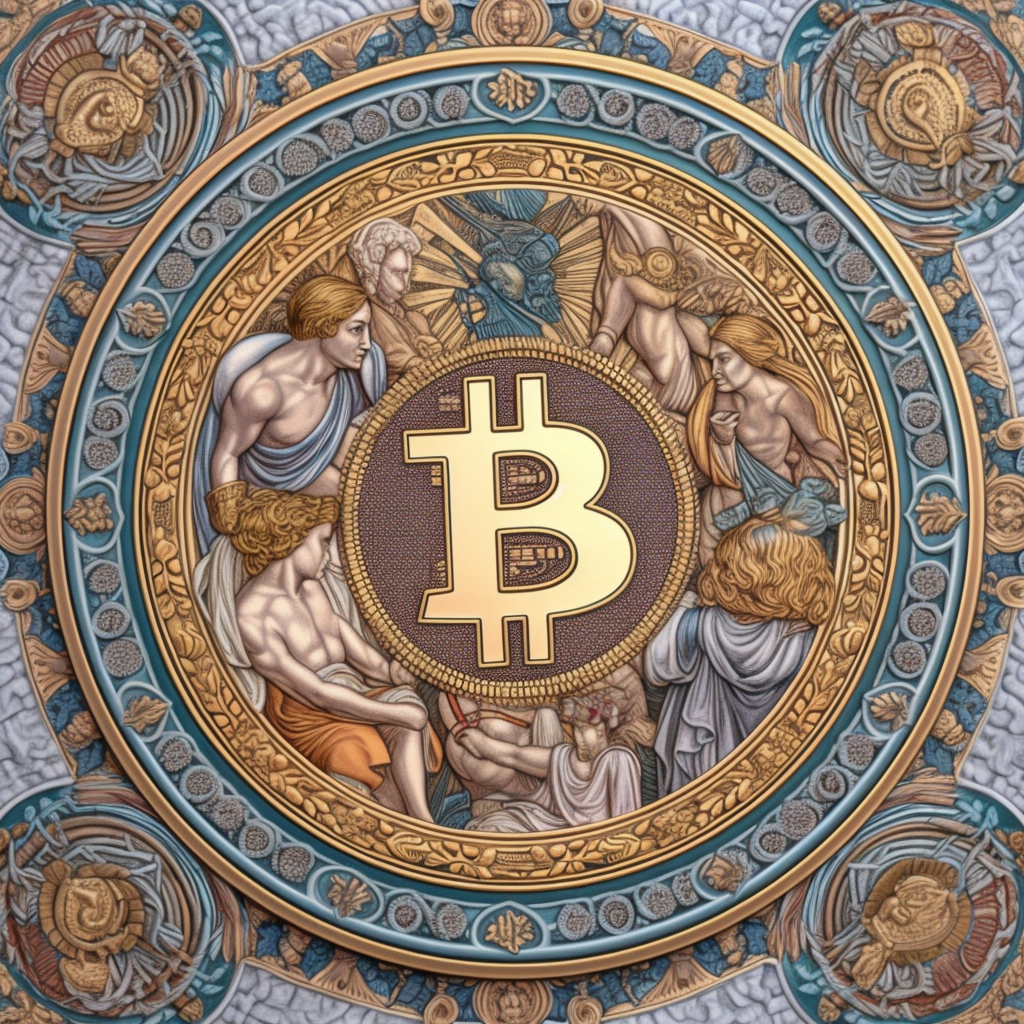BITCOIN CHAPTER 7
BITCOIN Running bitcoin. —Hal Finney, Bitcoin Pioneer
On what was otherwise an ordinary Tuesday morning, Jack sat down at his computer. The president of a small investment advisory firm in eastern Washington state, Jack was usually the first in the office so that he could evaluate the news from Asia and trade at the market open. It was just another day, or so he thought, until an alarming message flashed across his screen. He pressed several keys. Nothing worked—no files, data, or programs. The only thing he could see was a reddish window with an image of a lock and a message: “Oops, your files have been encrypted!” Nobody was in the office, and nobody would arrive for at least another hour. Some type of countdown clock was running on his screen. Of the many questions and concerns racing through his mind, one, in particular, stood out, so much so that he asked out loud in the emptiness: “What the hell is a Bitcoin?”
ELECTRONIC CASH Bitcoin was the first digital currency to solve two challenges associated with digital money—controlling its creation and avoiding its duplication—at once. Any currency which becomes successful is subject to the originator wanting to issue more of it. This inflationary effect reduces the currency’s value. Bitcoin’s production process (called “mining”) limits the production of coins to 21 million over approximately 150 years. Since the maximum number of Bitcoin is fixed, over time Bitcoin should become more valuable relative to other currencies as the supply of government-backed fiat currencies continues to increase. Its certain limited supply is a unique feature that stands in opposition to nearly every other traditional currency. The concept of digital money traces back to the 1970s when various pioneers explored the possibility of creating a decentralized electronic cash system. One notable development during this time was the invention of cryptography-based systems. In 1977, renowned computer 93











